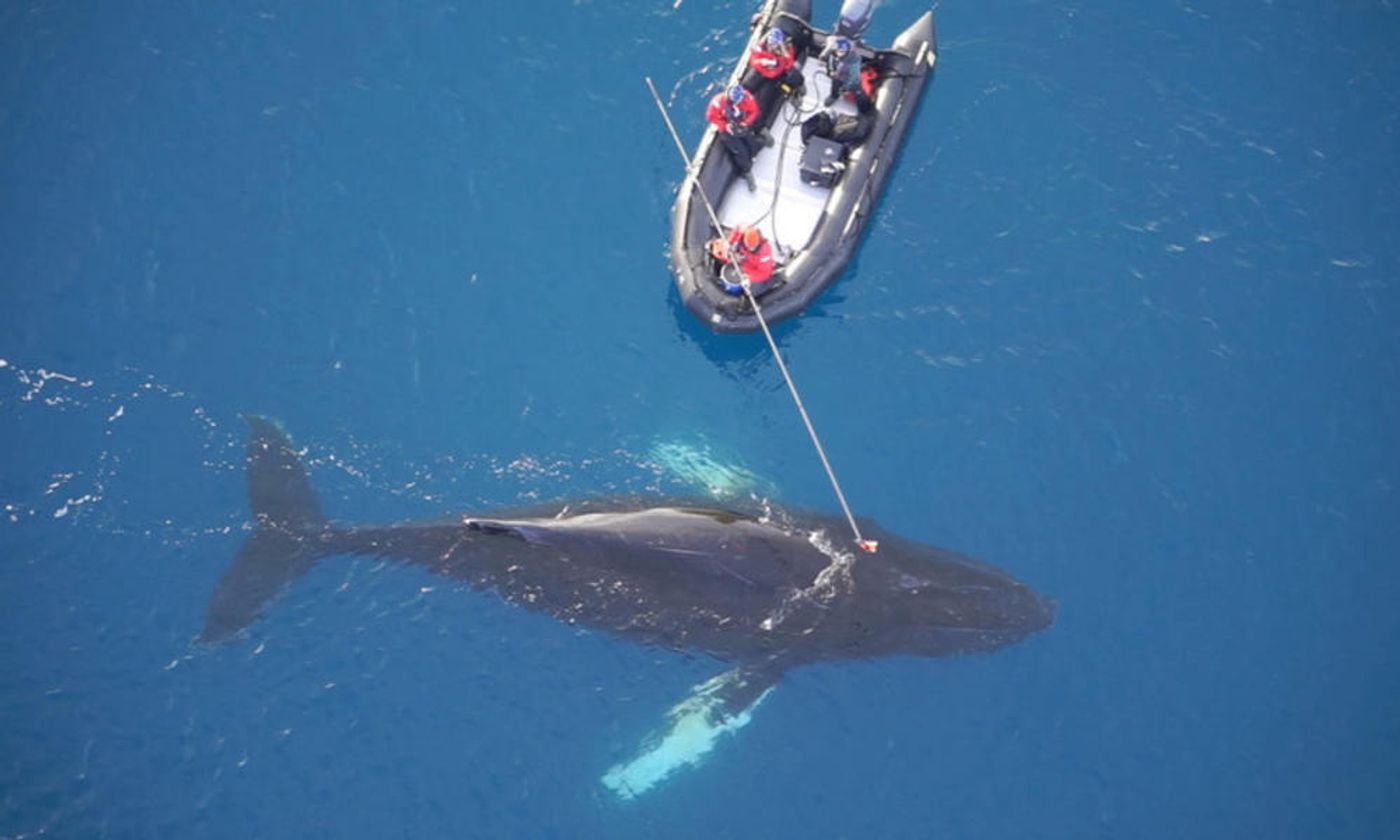Cameras Attached to Whales Give Us a New Perspective
If there’s one kind of animal in the wild that doesn’t get as much attention as it should, it just might be the humble whale. There are tons of whale species out there, but some go more unnoticed than others.
While you're likely familiar with the well-known killer whale because of attractions like SeaWorld, other whale species include blue whales, humpback whales, and minke whales, just to name a few. Since these creatures are so misunderstood, experts set out to learn more about them.
The World Wildlife Fund (WWF) and Oregon University recently collaborated to learn more about the life and behavior of both minke and humpback whales by attaching suction cup-based observation equipment to them for surveillance. At least three observation units were provided for scientific study.
Image Credit: Ari Friedlaender/World Wildlife Fund
The suction cup offers a way to attach the equipment without causing any health or safety concerns; nevertheless, the mounting was strong enough that the forces generated from swimming around (even underwater) didn’t yank it off of the whale’s body.
Related: Incredible diver footage shows a humpback whale breaching just a few feet away
After 24-48 hours of surveillance, the equipment would be removed from the whale and then placed on another specimen for additional surveillance. This rotation enabled the researchers to study the activity and behavior of more than one whale.
Cameras, GPS trackers, and speedometers were all present on the equipment package that was adhered to the creatures, which enabled the researchers to tap into the equipment to track the animals and see everything they saw.
Among the things they paid attention to were how and when the animals fed, how the animals communicated with one another, and how they navigate the cold and crowded surface of the ice-infested waters of Antarctica.
Related: Humpback whale super-groups are appearing out of nowhere for unexplained reasons
Worthy of note, the creatures use the powerful blast from their blow holes to make headway for breathing through floating ice at the top of the ocean in colder climates.
Mankind’s actions have caused hardship for these animals by way of climate change, which has an impact not only on the whales, but also on their main entrée, krill. Since they lack teeth, and instead have jaws full of baleen, it would be difficult for the whales to adjust their diet today.
Related: Humpback whale calves 'whisper' to their mothers to avoid predation
By using this equipment in collaboration with the WWF, experts can make calculated recommendations designating Marine Protected Areas (MPA) that can help with conservation efforts to prevent them from going extinct.
Source: World Wildlife Fund









